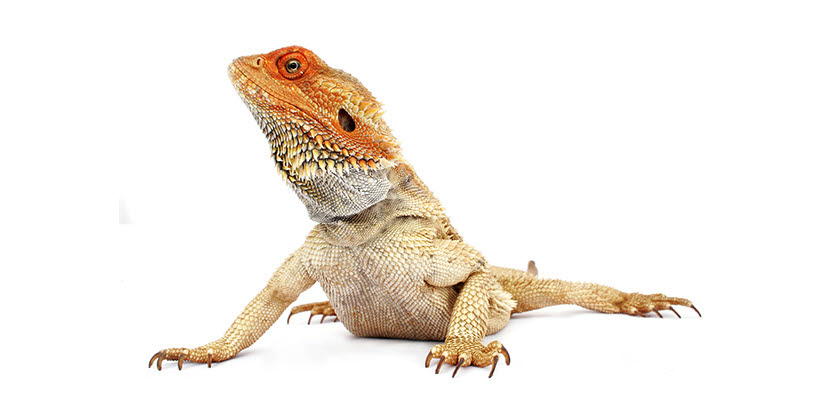
Keeping reptiles can be rewarding and fascinating, but as the colder weather sets in, there are some steps that reptile owners need to take to ensure their pets stay healthy and happy.
There are variations for individual reptiles, but the husbandry of snakes, lizards, tortoises and turtles are similar in that if their environment is not right, they will become very unwell.
Find a veterinarian that has an interest and experience in treating reptiles and who can provide advice on good husbandry practices vital to prevent health problems.
Please keep me warm!
Reptiles are cold-blooded, and they adjust to the environment around them. Warmth is required for digestion and good immune function and so when temperatures drop you must keep your reptile warm.
In cold climates, some reptiles may need an additional heat source such as an over the tank heat bulb. Make sure you have an understanding of the optimal temperatures required for individual species and use a temperature gun (available from most pet stores) to assess different areas of the tank to ensure they are suitable.
A thermogradient within the tank is essential to allow your reptile to control its body temperature (some areas should be warmer than others). Use a thermostat to provide your reptile with appropriate and consistent temperature year-round.
Reptiles can easily burn themselves, but the safest form of heating is usually via a ceramic heat globe above your reptile’s basking area, it should also be surrounded with a cage so they can’t touch it.
You should avoid the use of hot rocks to heat the tank as they may burn your reptile and rarely provide enough heat to keep the entire tank warm.
If your reptile lives in the water (such as turtles), you should also monitor the water temperature and use a water heater if the temperature drops too low.
Reptiles need UV light
The onset of colder weather is an ideal time to check your ultraviolet (UV) light source. Almost all reptiles require UV light to enable the correct production of vitamin D and subsequent absorption of calcium and phosphorus.
You must provide direct UV light with a UV bulb that is designed specifically for reptiles for ten to twelve hours per day. The bulb should also be changed every six to nine months. A tank near a window is not usually sufficient as any glass will filter out UV rays.
Provide moisture
Cold air is usually quite dry and given most reptiles rely on the humidity in the environment to maintain hydration they commonly become dehydrated in winter. Dehydration can result in an unwell animal as well as lead to incorrect shedding of sections of the skin. You can mist your reptile or soak him in some warm water a few times a week. Ask your reptile veterinarian for more information.
Avoid hibernation
Some people believe that if they put their reptiles in dark and cold conditions over winter, they are helping them with normal hibernation behaviour. Hibernation will slow their metabolism and digestion and affect their immune function and is not necessary for captivity. It is much better to keep the tank a constant temperature all year round to help keep your reptile healthy.
Signs your reptile may be too cold:
- Less active and move less
- Eat and drink less
- Become dehydrated - eyes are sunken and closed
- Lose weight, wrinkled skin, a prominent spine
- Incomplete shedding of the skin - skin is retained in patches
You should contact your local reptile veterinarian if you notice any of these above signs.
If you own a reptile, it is your responsibility to take care of them over winter and have a backup plan if there is a power outage or an emergency. Some reptile veterinarians will be able to provide your pet with boarding in the event of an emergency.
Always contact your local reptile veterinarian if you have any questions or concerns about your reptile.
